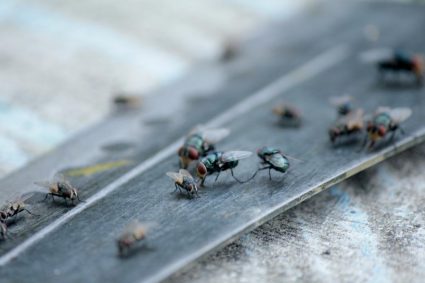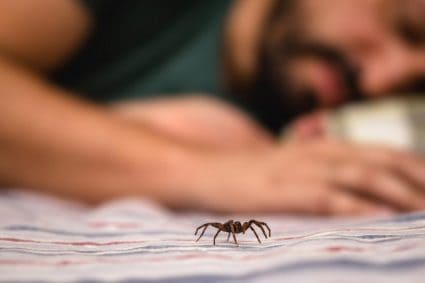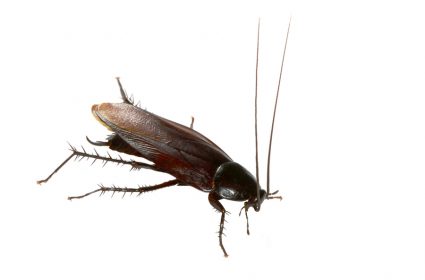
Flies can be a nuisance, especially during warmer months. Whether they’re buzzing around your fruit bowl or getting in your face, these pesky insects can be difficult to catch and eliminate. However, there are several effective methods to catch flies, both using homemade traps and commercial products. In this in-depth guide, we’ll explore the different techniques for catching flies, debunk some common misconceptions, and provide some helpful tips for maintaining a fly-free environment.
To catch flies, you can create a homemade trap using a plastic bottle, sugar, water, and dish soap or vinegar. Alternatively, commercial fly traps like the Victor Fly Magnet Fly Trap, TERRO Fruit Fly Traps, or RESCUE! Outdoor Disposable Fly Trap can be used. Additionally, maintaining cleanliness, proper waste management, and sealing entry points can help prevent flies from entering your home.
Understanding the Enemy: Types of Flies
There are numerous types of flies, but some of the most common ones include houseflies, fruit flies, black flies, crane flies, flesh flies, and fungus gnats. Each type of fly may require a unique approach to catch, making it important to identify the type of fly you’re dealing with before setting up your trap.
DIY Fly Traps
Homemade fly traps are an eco-friendly and cost-effective way to catch flies. Here are some of the most effective homemade fly traps:
- Plastic Bottle Trap: Cut the top quarter of a plastic water bottle and invert it to create a funnel. Fill the bottom part with a mixture of sugar, water, and a few drops of blue food coloring or dish soap mixed with apple cider vinegar.
- Vinegar and Dish Soap Trap: Fill a shallow dish with an inch of apple cider vinegar and a few drops of dish soap. The vinegar attracts the flies, and the dish soap breaks the surface tension, causing the flies to drown.
- Two-Liter Trap: Clean an empty two-liter soda bottle and cut off the top to create a funnel. Mix one cup of vinegar, a few dashes of dish soap, one cup of water, and two tablespoons of sugar in the bottle. The sweet scent attracts the flies, and the dish soap causes them to drown.
- Fruit-Scented Dish Soap Trap: Mix 3 tablespoons of green apple-scented liquid soap with a few inches of water in an open container or jar. The fruity scent attracts the flies, and the soap causes them to drown.
Commercial Fly Traps
If homemade traps aren’t cutting it, there are several effective commercial fly traps available. Some popular options include the Victor Fly Magnet Fly Trap, TERRO Fruit Fly Traps, or RESCUE! Outdoor Disposable Fly Trap. These traps use attractants to lure flies into the trap, where they cannot escape and eventually drown.
Preventive Measures
An important part of catching flies is preventing them from entering your home in the first place. Here are some preventive measures you can take:
- Maintain cleanliness: Regularly clean your home, especially the kitchen and areas where food is stored or prepared.
- Proper waste management: Dispose of garbage properly, clean garbage cans thoroughly and frequently, and ensure they are well-sealed.
- Store food properly: Keep food covered and stored in airtight containers to avoid attracting flies.
- Seal entry points: Check screens for holes and tears, and ensure windows, doors, and vents are properly sealed to prevent flies from entering your home.
- Use natural fly repellents: Some plants and essential oils, such as lavender, eucalyptus, and citrus, can help repel flies. You can also use apple cider vinegar as a natural repellent.
By utilizing these methods, you can effectively catch flies and maintain a fly-free environment. Remember, the key to success is persistence and consistency. Don’t get discouraged if you don’t see immediate results – keep trying different methods until you find what works best for you. Good luck!
Frequently Asked Questions
Can I use white vinegar instead of apple cider vinegar for the traps?
Yes, you can use white vinegar as a substitute for apple cider vinegar in fly traps. However, apple cider vinegar is often more effective as its strong sweet smell is more attractive to flies.
How often should I change the liquid in the homemade traps?
It’s recommended to change the liquid in homemade traps every few days or once it’s full of flies. If the liquid starts to smell bad, it’s definitely time to change it.
Can I use these methods to catch other insects too?
While these methods are primarily targeted at flies, they may also catch other small flying insects that are attracted to sweet or fermented scents, like fruit flies and gnats.
What other plants or essential oils can repel flies?
Besides lavender, eucalyptus, and citrus, other plants and essential oils that can repel flies include basil, lemongrass, peppermint, rosemary, and tea tree oil.
Are commercial fly traps safe to use around pets and children?
While most commercial fly traps are generally safe, it’s crucial to read the product instructions and warnings. Some traps may contain chemicals that could be harmful if ingested or come into contact with skin. Always keep traps out of reach of children and pets.












